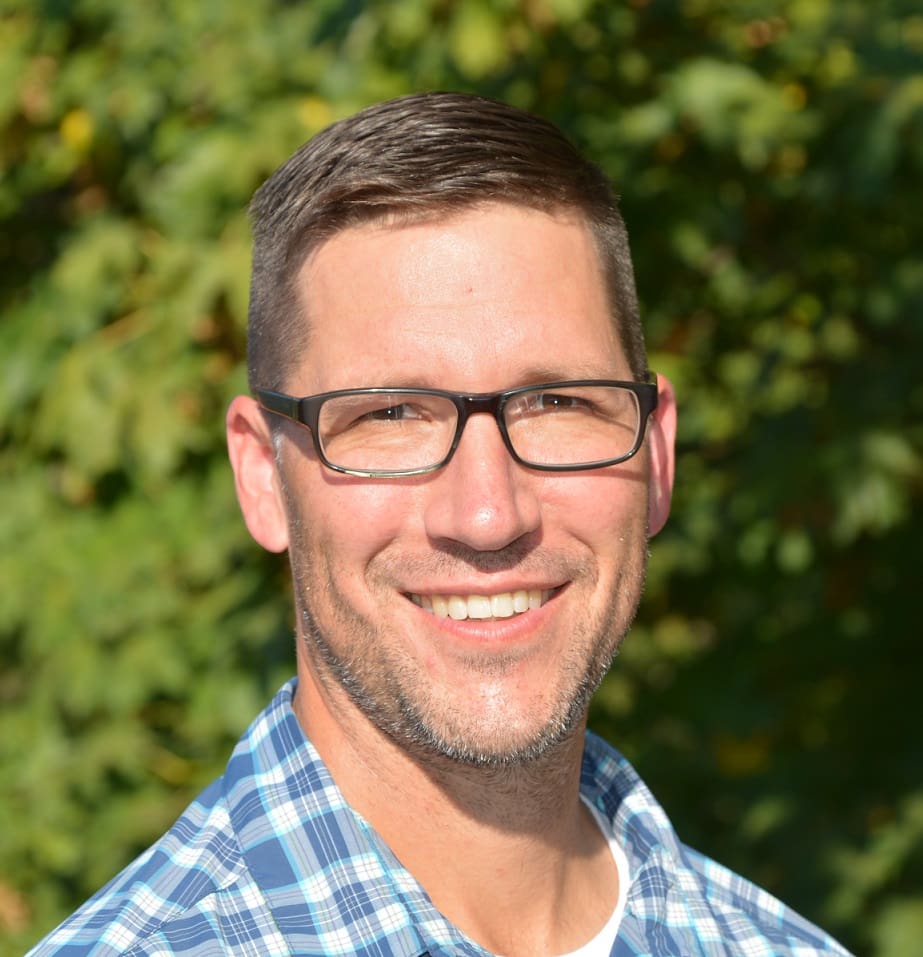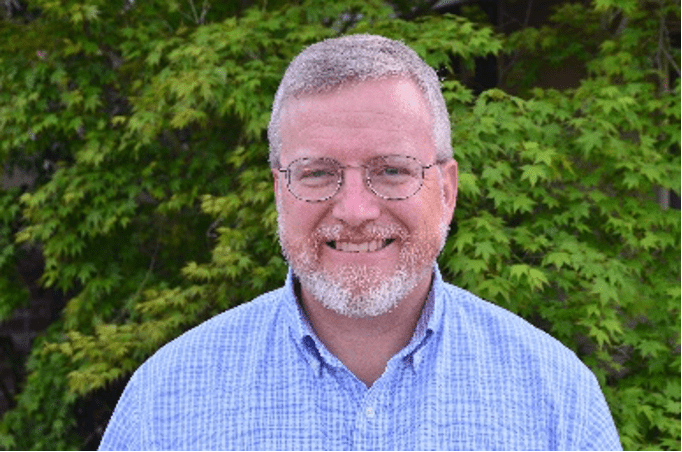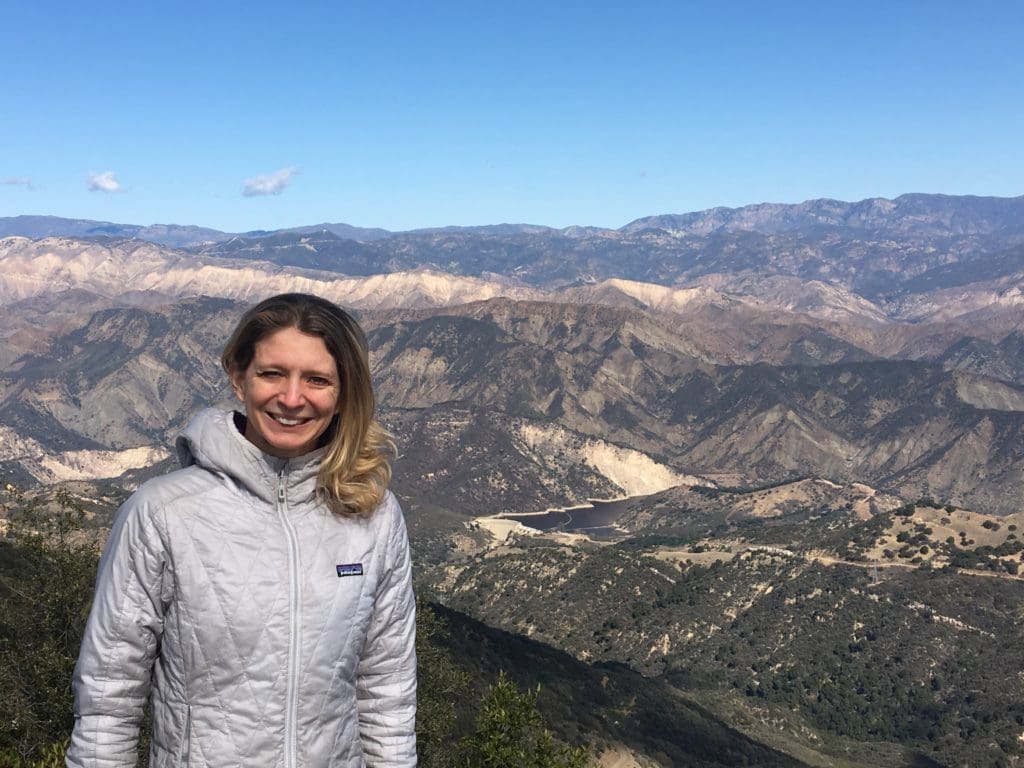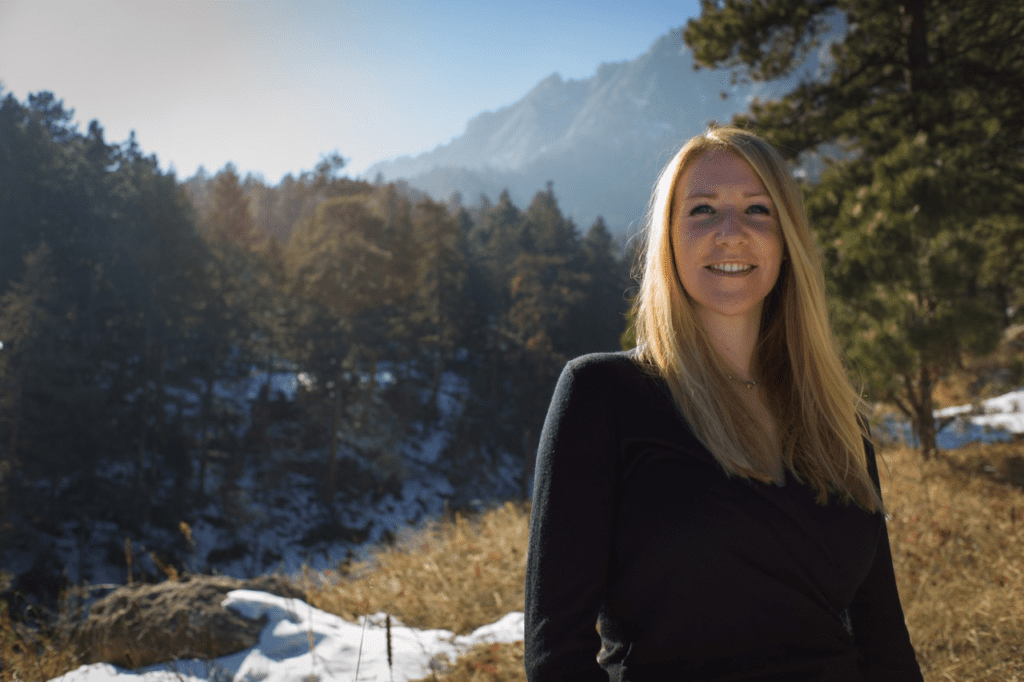This year’s catastrophic Western wildfires made headlines across the country. With rains returning to much of the region, we invited four experts to talk with us about the intersection of fire and western watersheds in the age of climate change.
The panel discussed wildfire impacts on water ranging from drinking water safety to stream health and flood risks, while also digging into steps water and forest managers can take to prepare for future fires.
The quotes below have been edited for length and clarity. Here are links to the video recording and audio recording of the briefing. This blog originally appeared on I Heart Climate Voices.
Kevin Bladon, Associate Professor of Forest Hydrology and Watershed Science, Oregon State University, @H2OScientist

On the impact of fire on forest hydrology:
“Wildfires really impact all of the components of the entire water balance. You’ve got more water that’s reaching the forest floor, then when it reaches the forest floor the structure of that soil is changed, and, with water repellency, we end up with more water that will flow over the surface of the forest rather than infiltrating [the forest floor]. With the changes associated with wildfire we see much more rapid movement of water off of those hillslopes and into streams. All that comes together to lead to more water, more often in our streams.”
What to think about as fire season ends:
“From my experience, every big fire year, it always comes as a surprise to many about the costs associated with this issue. We always hear about the costs associated with fire suppression. A year like this is probably going to cost in the neighborhood of $3 billion and that cost continues to grow as we continue to see more high severity fires and large wildfires on our landscape. But, to me, we’re at this time of year when we don’t have the smoke anymore keeping us in our homes and many think all the problems are over, but for us who deal with aquatic ecosystem health or community drinking water supply, it can often be when all of our problems are starting.”
Darrin Polhemus, Deputy Director, Drinking Water Division, California State Water Board, @CAWaterBoards

On the regulatory side of things:
“Our main focus during a fire component is assuring that the water continues to be delivered — meaning all the health standards that we have in place — and that’s been challenging.
“We work with our water systems to communicate ‘do not use,’ ‘do not boil,’ and ‘do not drink’ notices. A lot of people aren’t quite clear on why we would allow water that has some contamination in it to still go to a home. I think we often forget that water is used for sanitation in the home and it has a lot of other functions that are very protective of public health. We do want to get it to a consumption level again but… when you’re in a fire zone in a house that didn’t burn you need to clean the dust from the interior — ash can be toxic with metals — and you need to have sanitation in your home for it to be habitable and protect people.”
Nina Oakley, Research Scientist, Center for Western Water and Weather Extremes, Scripps Institution of Oceanography, @CW3E_Scripps

On the intersection of fire, flooding, and debris:
“Following a wildfire, soils become water repellent. So when intense rainfall occurs, [water] runs off instead of being absorbed into the soil and can cause flash floods or these fast-moving destructive mixes of material as debris flows and causes impacts…. An example of this is the January 2018 debris flow in Montecito, [California]. The storm total over a day or two was not a lot of rain, but it had this very short window of extremely intense rainfall. It was also the first significant storm of the season and the area was in moderate drought going into this storm and also after the storm. In a warming climate — with all the impacts I talked about earlier and more area burned, especially if it’s close to where people live — we can start to have more areas potentially experience these post-fire impacts. We also anticipate rainfall to intensify in the warming climate, which increases the concern for these post-fire hazards.”
On long-term trends:
“In a warming climate, we’re already seeing, and continuing to see, higher temperatures and more extreme heatwaves, drier conditions and more severe drought. These conditions dry out the vegetation and create hazardous conditions for wildfires. Also prolonged droughts will stress trees and other vegetation and make them susceptible to things like insect attacks like bark beetles. These can kill a large number of trees and create fuel for wildfires.”
Christina Burri, Watershed Scientist, Denver Water, @DenverWater

On how water providers plan for the future:
“We’ve talked a lot about the problems with large scale wildfires but I can share more about solutions such as the Forests to Faucets partnership. The goal of this partnership is to make proactive investments in forest and watershed health, for reducing the risk of catastrophic wildfire, and protect our source water. It’s been a smart business decision for Denver Water. We have experienced a return on investment since the partnership began in 2010. Denver Water only owns 2% of its 2.5 million acre watershed so partnerships are the only way to have a meaningful impact on the watershed. Healthy forests mean a healthy watershed.”
The Water Hub is a pro bono communications program that uses story-based strategies to advance water justice and resilience in the West.
Climate Signals is a digital tool and communications project that is reshaping how to communicate the extent, nature, and immediacy of the climate crisis. It connects extreme weather and climate events in real time to the long-term trends at work and curates a database of these events and trends, allowing people to identify the climate impacts nearest to them.